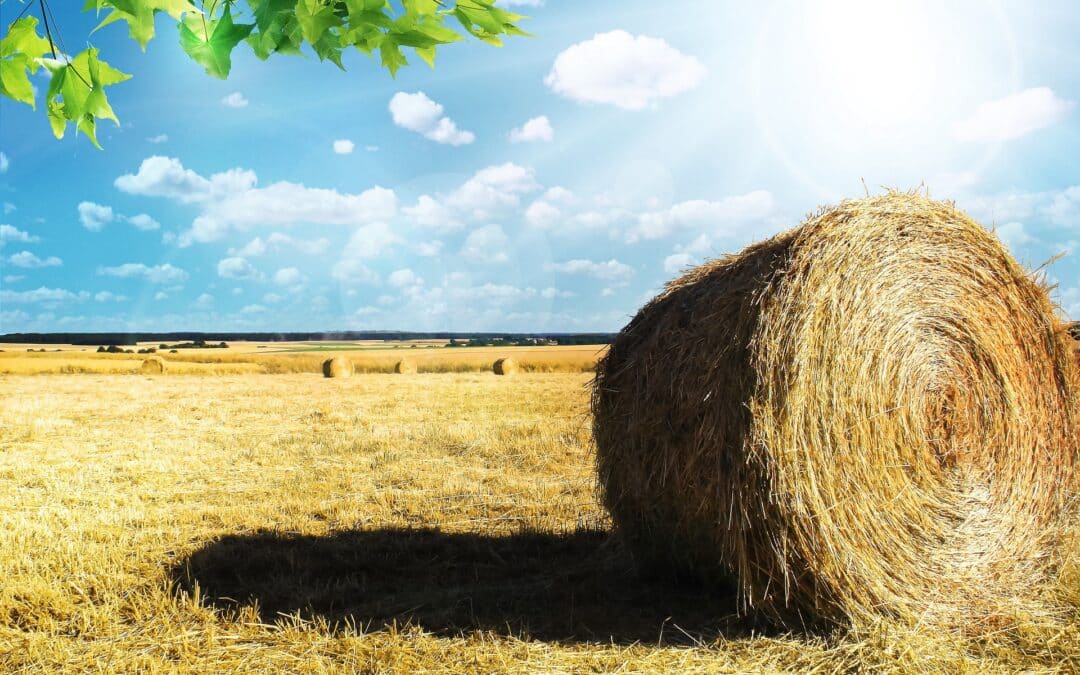Recent years have seen a surge in interest in alternative asset classes for investment, as many investors shy away from the volatility of the stock market in search of other forms of investing that offer better — and perhaps safer — returns. Many alternative investments end up being just as risky as stocks, but there is one asset class that investors keep returning to for its stability: real estate.
While many people think of residential or commercial real estate first when they think of real estate investing, farmland is quickly becoming an exciting asset class for investment. Historically, most farms were owned by the hands that worked them, but recent years have seen an increase in non-farmers owning farmland. Although the effects of this on the agriculture industry have been debated, the opportunity it holds for investors cannot be ignored.
Farmland investing typically involves investing in income-producing farms, which are exactly as they sound: farms that produce crops or livestock for sale. However, even within the category of income-producing farms, there is a relatively wide variety — and their yields will be quite different.
For example, there is the generally higher-dollar cropland, which is used for farming crops, and the generally cheaper pastureland, used to rear livestock. Those looking to incorporate farmland into their investment portfolio might be intimidated by all the choices.
Obviously, the primary concern of most investors when determining if a particular asset type is a good investment is its potential returns. Although there is a risk inherent to any type of investment, real estate investing is considered one of the most stable investments due to its natural appreciation, tax benefits, and the generally consistent need for real estate. Farmland investing brings with it additional benefits, thanks to the unique, income-producing characteristics of farms.
One of the reasons why farmland investing generates such strong returns is consistent year-after-year increases in the value of farmland. According to the USDA, the value of farmland has been on the rise since 1988 — the only two declines being in 2009 and 2016. This makes farmland real estate investing a viable long-term investment opportunity, as it has outperformed nearly every asset class other than the Dow Jones REIT Index since 1991.
For investors in farmland, there is also the added benefit of crop yield and cash rental payments. Rental payments function like residential or commercial estate, in that an owner purchases the property and rents it out to a tenant, who pays monthly for the ability to use the land. However, farming real estate investors have an additional opportunity: becoming an owner-operator and profiting from the crop yield itself.
How to invest in income-producing farms
Unfortunately, one obstacle facing real estate investors hoping to dip their toes into farmland investing is that investors from China are buying up U.S. farmland. Some have argued this is a direct threat to national security, as they believe foreign control over our farmland could lead to the jeopardization of our food supply. Although the amount of farmland owned by Chinese entities is still relatively small, the growth is noteworthy. As such, U.S. investors are encouraged to invest in farmland to support the country’s food security.
The most obvious way for an investor to invest in farmland is to directly purchase land themselves. Nevertheless, as is the case with most large-scale real estate investments, this can be more complicated than it initially appears. For one, investing in farmland involves a significant upfront investment, since farms require a large amount of acreage — the average farm size being 446 acres. Because the average price of farmland per acre is $3,800, that equates to over $1.5 million to invest upfront, which is simply out of reach for most investors.
Instead, the average investor should look for real estate investment trusts (REITs) that are based in or specialize in farmland investing. Some REITs have minimum investment requirements as low as $1,000, meaning they are within reach of almost anyone who wants to invest. REITs are companies that own various income-producing real estate properties — not unlike a mutual fund or exchange-traded funds — that allows stockholders to earn a share of profits off of a portfolio of properties without having to go out and buy the properties themselves.
For investors looking for an opportunity to enter the potentially lucrative farmland real estate investing market without a substantial upfront cash investment, investing in a farmland-based REIT is the way to go. Farmland is one of our country’s most valuable resources, thanks to the pivotal role it plays in ensuring our food supply. Because of this, we are unlikely to see a situation in which the value of farmland goes down, making it an ideal investment for those looking for a stable asset with a proven record of growth.
Dutch Mendenhall is founder and CEO of RAD Diversified REIT, a real estate investment trust focused on residential, multi-family, and farmland properties in the U.S.












